Suppose you are on a trip to a historic city in an independent territory of the world. That city is about 9,000 years old, and that has been built by cutting huge gorges in the mountains. Main Square in the middle of the city, just like in ancient times. A spiral stone staircase led down to the town below. You are descending the stairs, feeling those primitive human beings at the touch of your hand; This city was once famous for its footsteps. He found a cave just below the town.
Even though the house has been abandoned for so many years, the furniture is still arranged in the same way. As if all the occupants of this house had just left, they would return shortly. Not only that, you can spend the night in any of those caves if you want. What a thrilling feeling, isn't it? Living one night in the cave like our original people. Nah, not fiction. I was talking about an abandoned city in Italy. And today's event is the story of the cave city called Matera.

The journey of the world started with the cavemen. We cannot even say how many hundreds of civilizations, including the Egyptian, Mesopotamian, Chinese, and Indus civilizations, have evolved over time and become dusty. Enemy invasions or deportations or natural disasters-whatever, civilizations have disappeared into the abyss of time. Like civilizations on the other side of the river, those civilizations may have gone elsewhere and built their own poles. In the midst of this evolution of time in history, in this game of demolition, there is a settlement that is nine thousand years old. Not only that, the trend of people settling here nine thousand years ago is still going on.
When it comes to caves, the first thing that comes to our mind is Alikadam Cave in Bandarban district of our country, or Ajanta and Ellora Caves in neighboring India; Or Abu Simbel of Egypt or Petra of Jordan. There are many other caves whose names we may not even remember or know. However, Sassi de Matera in Italy is one of the most popular tourist attractions at the moment. Because, the above cave dwellers were wiped out thousands of years ago in the evolution of civilization; However, the cave dwellers lived in Materata for perhaps one hundred years.

In Italian, the word sasi means stone, and sasi de matera means stone of Matera. The cave dwellers of this Matera have not lived very long; It was even in force till 1950. Matera is a remote area in the Basilica region of southern Italy. This remote town in southern Italy is unique and famous for its stone carvings and beautifully carved caves.
The ancient mothers were divided into two groups - Sasso Barisano and Sasso Cavoso. And at the junction of these two parts, the mothers stood with their heads held high in the most handsome duomo (cathedral). Mothers became an isolated, forgotten part of Italy, the number of people was almost non-existent, and the number of travelers was negligible. However, in the early nineteenth century, some adventurous adventurers enjoyed the beauty of Matera by crossing this dry, rough, steep, perilous mountain valley. From their adventurous and rare voyage, it was discovered that about 16,000 people lived on the top of that high and dangerous mountain. Where the palazzi and chapel blend in with the caves; And where the cemetery is built on the roof of the church.

At one time these one-room caves had such a poor and unimaginable standard of living that in the 1950s Matera had to face state condemnation for being ashamed of Italy. From then on, the residents of Sasi started moving elsewhere on the instructions of the government. Within the next few years, the city became known as the City of Ghosts. Because, even though all the houses were there, there was no one left to stay. In the following decades, Sassi's reputation began to spread rapidly due to reforms. As a result, Matera was recognized as the capital of European culture in 2019.

The Italian artist and writer Carlo Levy (1902-1975) was able to remove the thick black clouds that always hung over Matera's sky, even during the day and at noon, and bring clear sunlight. Despite being a medical student, Carlo Levy was a painter, writer, and political activist. He was especially opposed to authoritarian fascism. For his political activism and role, the fascist Italian Mussolini government sent him into exile. In 1935, at the behest of the Mussolini government, Carlo Levy came to live in exile in the southern Italian region of Lausanne.

In the habit of living in exile, the natives became the relatives of Carlo Levy. And Levi joins in their bholavala sincerity. Starting from healthcare, he stood by the people deprived of basic necessities and saw their daily misery. Levi first moved to Paris after being released from exile; But as soon as he returned to the country, he again admitted the wrath of the government. At that time, while in prison, he wrote his world-famous book, Christo C. A. Fermoti a Eboli, in English, whose English name was Christ Stopped at Eboli. In a nutshell, the name of this book is metaphorically similar to Manik Bandyopadhyay's quote 'God lives in that bhadrapalli'.
Road and rail links to Louisiana have been diverted to Ebola, diverting branches. The Lausanians blamed these for their misery. According to their beliefs, Christianity and its teachings have been established in all parts of the world but have been ignored. As a result, the inhabitants of Louisiana did not get a taste of being full of human beings. And in that context, Carlo Levy said,
"Jesus Christ has never come so far, time has not come, the human spirit has not come, hope has not come, causal relationship has not come, no history has come; no one has set foot here except the enemy, the conqueror and some strangers without feelings."

Carlo Levy wrote an autobiographical novel describing the detailed way of life of the mothers and the adjoining vast neglected towns. When it was published in book form in 1945, the Italian government faced extreme shame and scandal to the world. The situation became so dire that the government was forced to relocate about twenty thousand people in the 1950s. However, the situation could not be taken advantage of because of the residents who were reluctant to leave the land of their ancestors. As a result, in 1960, the Italian government declared it illegal to live in these caves. As a result, the residents were forced to move.

Not only that, but a group led by Carlo Levy also demanded that the civil government not only abandon but also renovate this thousand-year-old ethnographic and historical cave architecture into a spectacular tourist destination. As a result, the city of ghosts or the city of the dead began to be full of life again. The wealthy among the former residents bought and renovated their own caves as well as government-allocated caves. The caves were later rented out for residential hotels and restaurants. Under the direction of the government, the municipal authorities provide all kinds of facilities for modern life starting from gas, water, electricity, telecommunication. As a result, once neglected and abandoned mothers became one of the sights of Italy.

The city of Matera was declared a World Heritage Site by UNESCO in 1993. In addition to the Italian government, a joint venture between the European Union and Hollywood has made Matera healthy and tourist-friendly. The current population of Sassi is around three to four thousand. Several caves are currently being renovated. If they are fully utilized, about seven thousand people will be able to stay there.
The cave dwellers still leave the house the way they left it. As soon as you enter the cave, you will see the utensils and furniture of the house scattered here and there, or hanging on the wall, or cutting the walls. Inside the cave was the kitchen; Moreover, stables were also built inside the house. Cisterns were used to store water. As Carlo Levy writes in his book,
These caves were built by digging hard soil in deep ravines. Usually there was only one cave for the whole family. And on the floor, children and pets, starting from old age, all slept together.

Many of the films have been shot here, as the mountainous region is largely equivalent to Jerusalem. The shooting of Mel Gibson's famous film The Passion of the Christ about Jesus Christ was also done on this night. But there is no such thing as a cave. Museums, public squares, cafes, restaurants, attractive chapels and churches, winding stairways, and more.

There is also the opportunity to enjoy the whole city by standing in the underground cathedral or look out point. As well as calling tourists to climb the mountains of Matera. And there are several good residential hotels to stay. If you want, you can stay in the cave-shaped hotels with high prices. Tourists will not have to suffer with food.
So, you can also come back from Matera if you want. Where the descendants of the cavemen lived only 50 years ago. The city that was founded nine thousand years ago today. All the houses and roads in the city are beautiful.
Thanks to everyone for reading my article
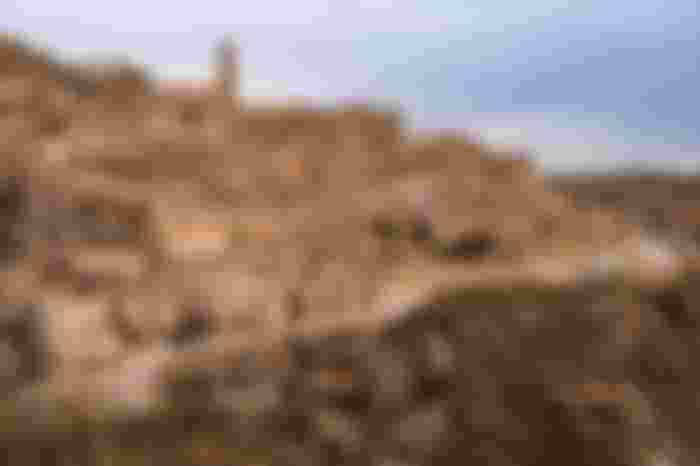
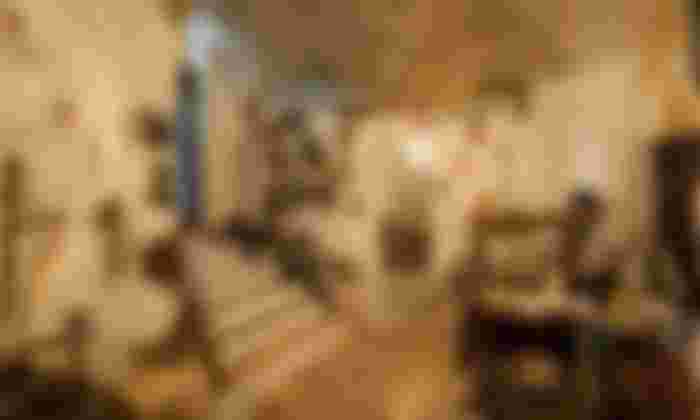
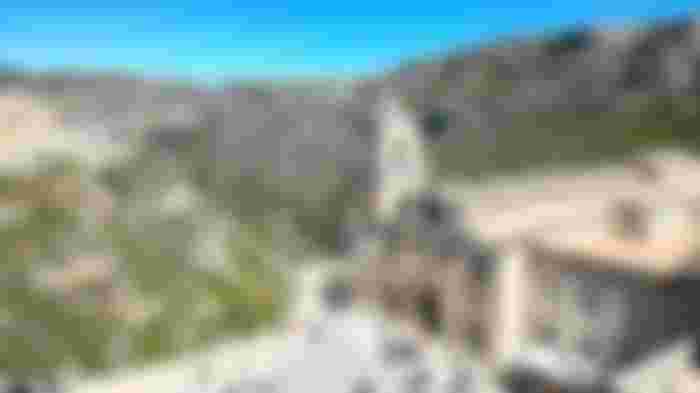

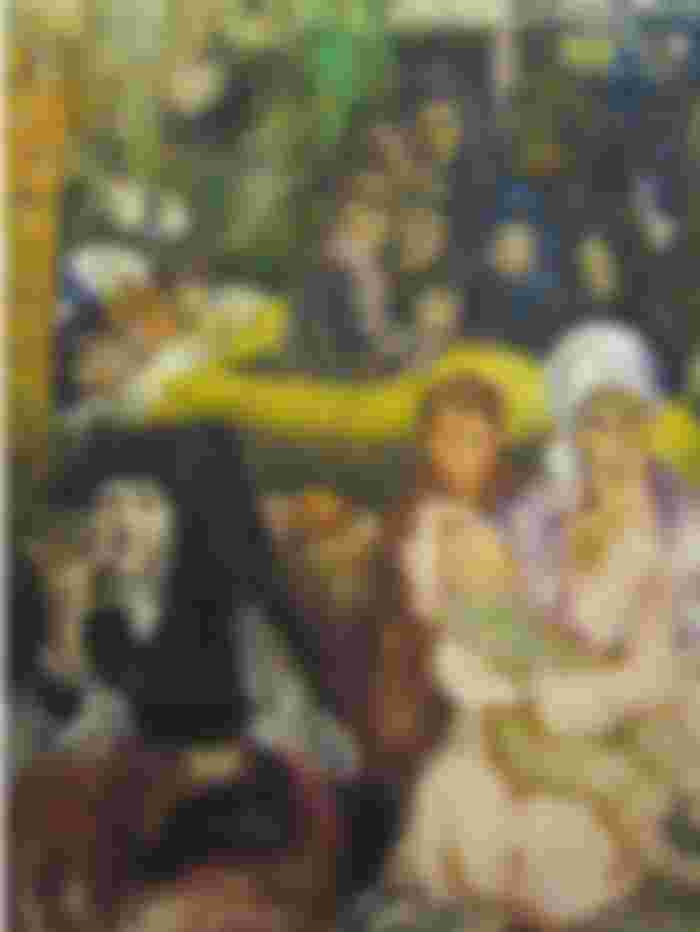
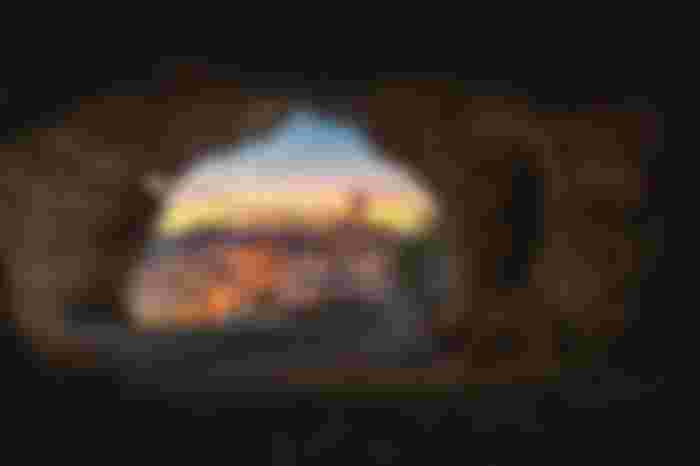

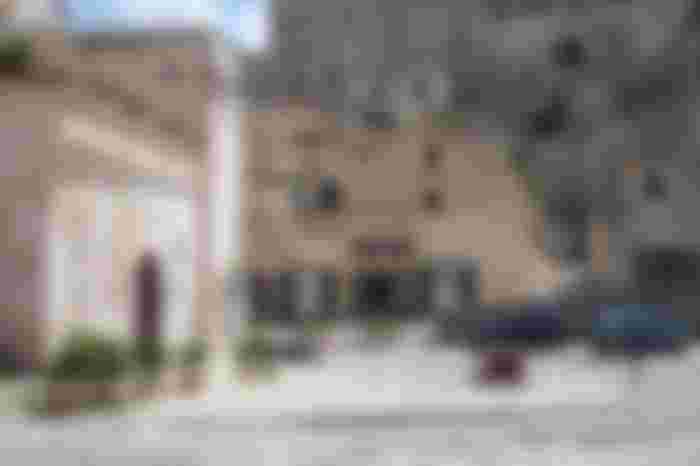

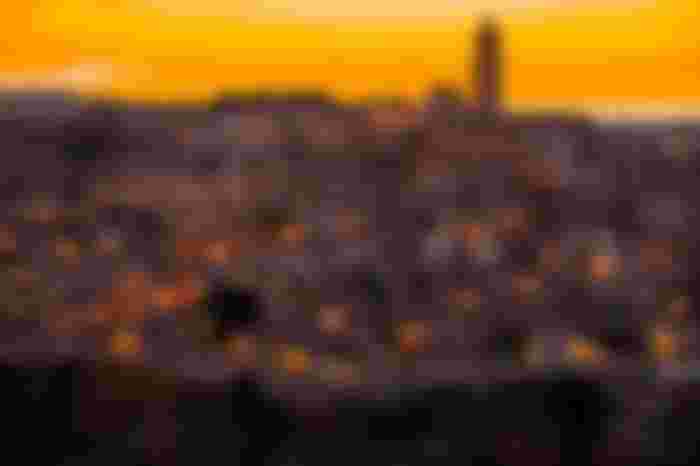
Wow! You tour captaun as well! That's good to see. I know cave town is most beautiful place where thousands of people go for visit.